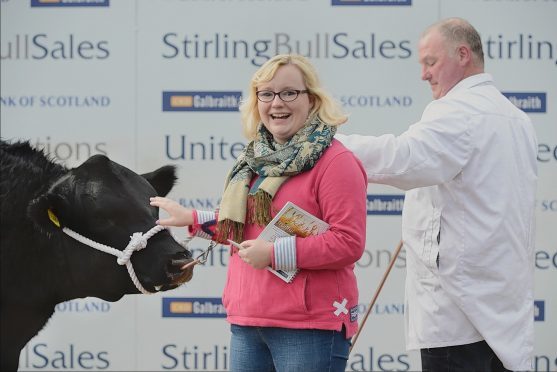The launch of a new government-backed loan scheme for farm subsidy payments is welcome news for farmers and crofters across Scotland.
The need for the scheme is further proof that the government’s £178million IT system to administer Common Agricultural Policy (Cap) payments is still not fit for purpose.
Whether it will ever work properly remains to be seen, but moaning about it is not going to result in a miraculous IT fix.
In an exclusive interview with the Press and Journal and The Courier last week, Mr Ewing admitted himself that the CapIT system was still not working properly.
It works, but not quickly enough, he said.
Details of the latest loan scheme, which is the fifth to be launched as a result of payment delays caused by the beleaguered IT system, emerged when Mr Ewing revealed details of a ‘Cap Plan for Stabilisation’ to Holyrood on Tuesday.
Ewing’s political opponents were quick to criticise him with many coining the scheme an “admission of failure”.
The reality is that without a loan scheme, farmers and crofters would be left waiting months on end for their subsidy payments.
Some are still waiting for 2015 and 2016 BPS monies.
Rather than pretending everything is alright with the IT system and luring farmers into a false sense of security, Mr Ewing has made the best of a bad situation.
All eligible producers, who applied for 2017 Basic Payment Scheme (BPS) support earlier this year, will receive a letter outlining the offer of a loan at the end of this month.
If they accept the loan offer, they will receive 90% of their BPS payment during the first two weeks of November. The remainder will be paid in March next year.
Mr Ewing has called for a “swift response” from farmers and crofters, and assured them that the money is theirs and that they should take it.
Many producers have been reluctant to accept loan offers in the past for fear of borrowing money and being charged interest.
Mr Ewing said the scheme was called a loan because EU rules prevented it being called an advanced payment, which in effect is all it is.
He said interest would only be applied in cases where farmers or crofters were overpaid. In these instances, they will be given 30 days to re-pay the overpaid cash, after which interest will be applied.
Farmers have also expressed concern that by accepting a loan, they will be taking money away from schools, hospitals and other public sector bodies.
Again Mr Ewing was quick to assure farmers that this was not the case, urging them all to accept the loan offer as soon as they receive it.
Loans were not the only topic on the agenda in Holyrood earlier this week – Mr Ewing also revealed ambitious plans to improve the “customer service” experience for farmers applying for subsidy support.
I applaud the loan, but improvements to customer service are too little, too late.
